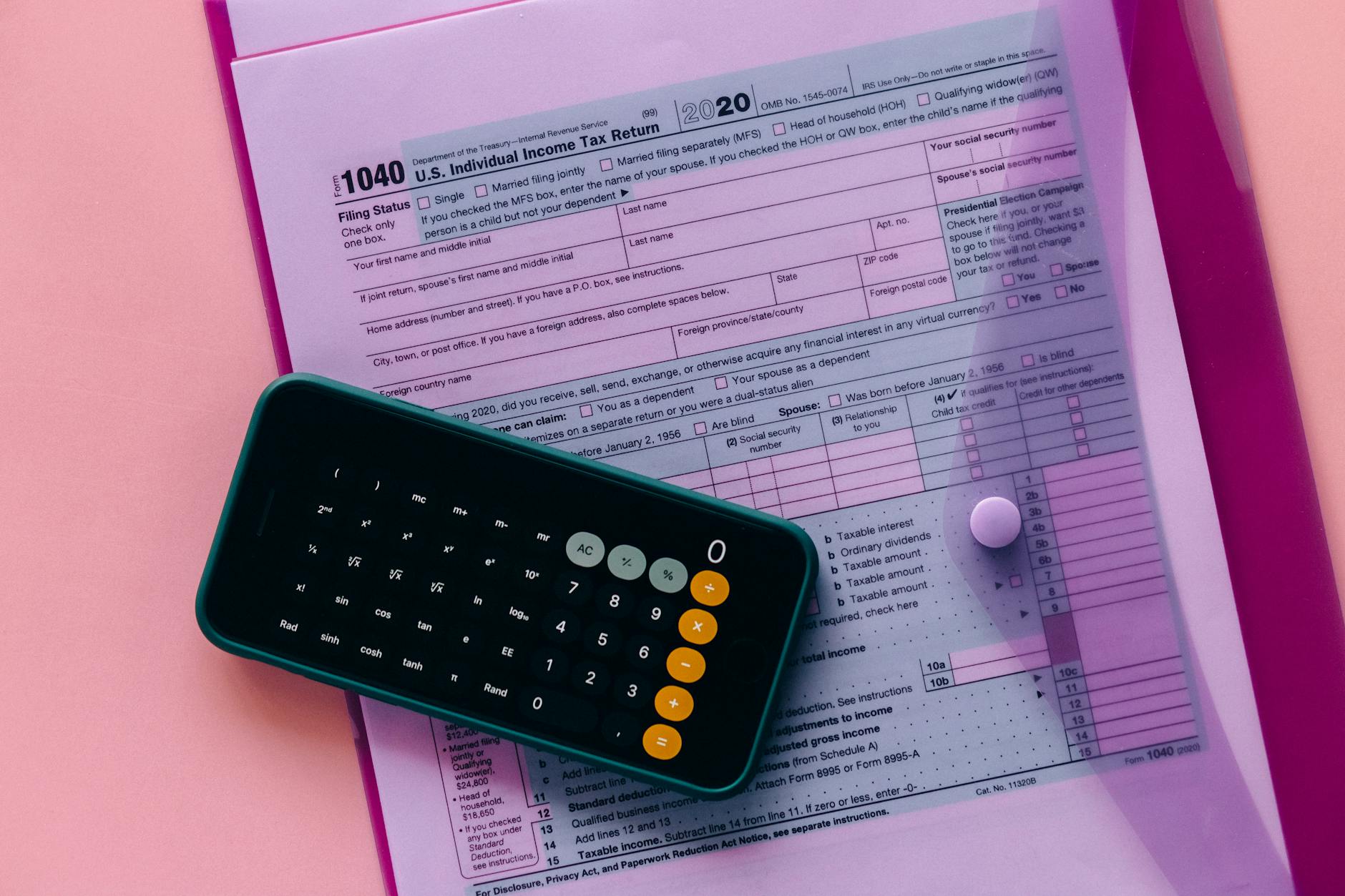Unravel the mystery behind Amazon FBA fees and uncover how they impact your bottom line and overall e-commerce success.
Table of Contents
- What is Amazon FBA and How It Can Help You?
- Breaking Down Amazon FBA Fees
- How Your Items Affect Amazon FBA Fees
- Avoiding Unnecessary Amazon FBA Fees
- Using the Amazon FBA Calculator
- Understanding the Amazon FBA Fee Changes
- Maximizing Profits Despite Amazon FBA Fees
- Real-life Examples: The Impact of Amazon FBA Fees on Sellers
- Is Amazon FBA Right For You?
- Conclusion
- Frequently Asked Questions (FAQs)
What is Amazon FBA and How It Can Help You?
In this section, we will introduce the concept of Amazon FBA and explain how it can be beneficial for sellers.
Understanding Amazon FBA
Amazon FBA stands for Fulfillment by Amazon. It’s like having your own storage space and shipping team at Amazon’s warehouses. When you sell products using FBA, Amazon takes care of storing your items, packing them, and shipping them to customers.
The Benefits of Using Amazon FBA
One of the biggest benefits of using Amazon FBA is that it saves you a lot of time and effort. You don’t have to worry about packing and shipping orders – Amazon does it for you. This frees up your time to focus on other important aspects of your business, like finding new products to sell or marketing your existing ones.
Breaking Down Amazon FBA Fees
When you decide to sell products through Amazon’s FBA program, it’s important to understand the various fees involved. Let’s take a closer look at what these fees are and why they exist.
Types of Amazon FBA Fees
There are different types of fees associated with using Amazon FBA. These include fulfillment fees, monthly storage fees, and long-term storage fees. Fulfillment fees cover the cost of picking, packing, and shipping your products to customers. Monthly storage fees are charged based on the volume of space your inventory occupies in Amazon’s warehouses. Long-term storage fees occur when your products have been stored for an extended period.
Why Do These Fees Exist?
Amazon charges these fees to cover the services they provide, such as storing your inventory in their warehouses, handling customer orders, and managing returns. By outsourcing these tasks to Amazon, sellers can focus on other aspects of their business, such as product development and marketing.
How Your Items Affect Amazon FBA Fees
In this section, we will delve into how the type and characteristics of the items you are selling can impact the fees you incur when using Amazon FBA.
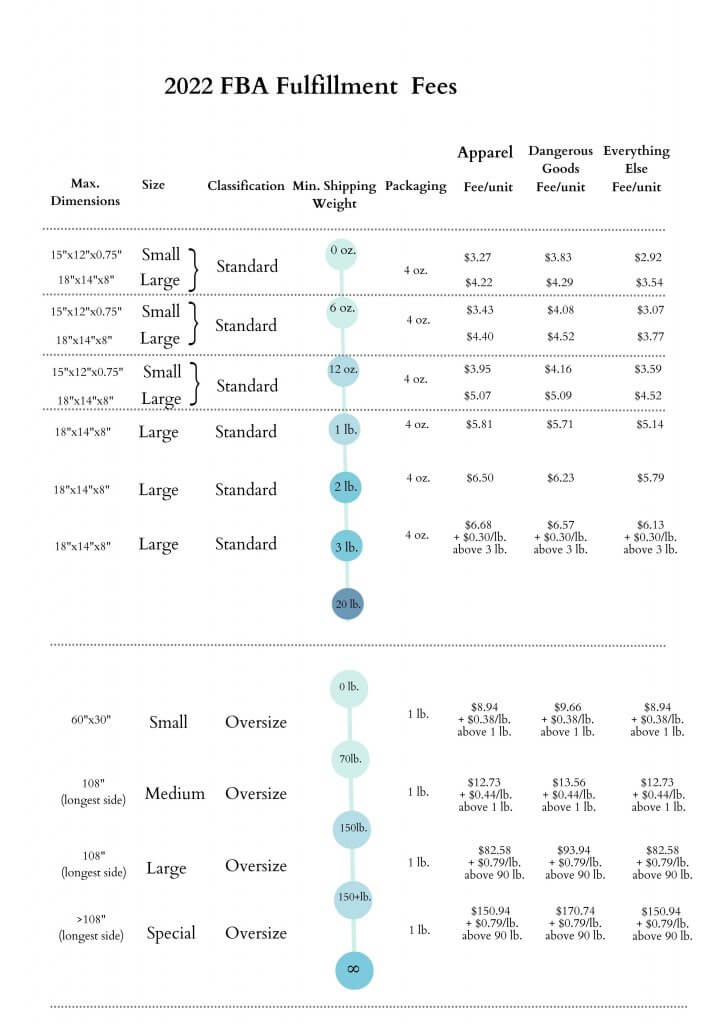
Image courtesy of sellerengine.com via Google Images
Size and Weight Matters
When it comes to Amazon FBA fees, the size and weight of your items play a significant role. Larger and heavier products typically require more storage space and are more costly to ship. As a result, you may end up paying higher fulfillment and storage fees for these items. It’s essential to consider these factors when selecting the products you want to sell through Amazon FBA.
Special Items and Fees
Some items may require special handling or storage conditions, which can incur additional fees. For example, products that are fragile, hazardous, or have specific storage requirements may come with extra charges to ensure they are handled properly. It’s crucial to be aware of any special needs your items may have and factor in these potential fees when calculating your overall costs.
Avoiding Unnecessary Amazon FBA Fees
In this section, we will provide you with valuable tips on how to minimize your Amazon FBA fees, helping you save money and maximize your profits.
Keeping Track of Inventory
One significant way to avoid unnecessary Amazon FBA fees is by effectively managing your inventory. By keeping track of your stock levels and ensuring that you don’t have excess inventory sitting in Amazon’s warehouses, you can reduce the amount you pay in storage fees. Regularly monitor your sales trends and adjust your inventory levels accordingly to avoid paying for storage space you don’t need.
Selecting Products Wisely
Another crucial aspect of avoiding unnecessary fees is selecting the right products to sell on Amazon FBA. Choose products that are lightweight, compact, and have a high demand to minimize fulfillment and storage fees. Additionally, consider selling products that have a higher profit margin to offset any fees that may be incurred. By strategically choosing your products, you can keep your FBA fees to a minimum and boost your overall profitability.
Using the Amazon FBA Calculator
The Amazon FBA Calculator is a handy tool provided by Amazon to help sellers estimate the fees associated with using Fulfillment by Amazon (FBA). This calculator takes into account various factors such as product dimensions, weight, and selling price to give you an idea of how much it will cost to have Amazon fulfill your orders.
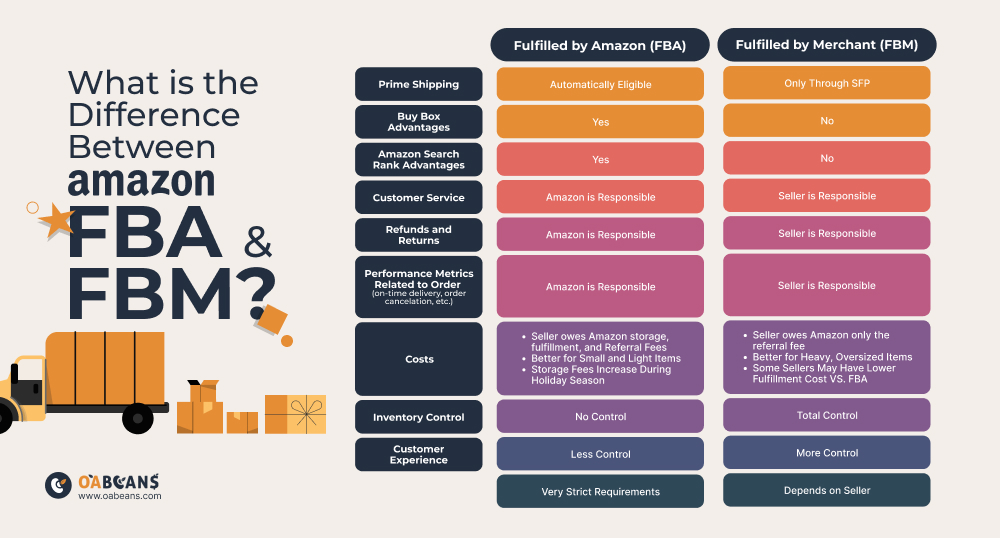
Image courtesy of oabeans.com via Google Images
How to Use the Calculator
Using the Amazon FBA Calculator is simple and straightforward. Here’s a step-by-step guide to help you navigate through the process:
1. Log in to your Amazon Seller Central account.
2. Go to the “Inventory” tab and select “Manage Inventory.”
3. Find the product you want to calculate fees for and click on “Edit.”
4. Scroll down to the “Offer” section and click on “Start using the FBA calculator.”
5. Enter the required information such as product dimensions, weight, and selling price.
6. Click on “Calculate” to see an estimate of the fees associated with using Amazon FBA for that particular product.
By using the Amazon FBA Calculator, you can gain valuable insights into the costs involved in selling your products through FBA. This tool can help you make informed decisions about pricing, margins, and overall profitability.
Understanding the Amazon FBA Fee Changes
In this section, we will discuss any recent changes to the Amazon FBA fees and how they may impact sellers.
| FBA Fee Type | Description | Example |
|---|---|---|
| Referral Fee | A percentage of the total selling price of the product paid to Amazon | $2.50 for a product sold for $25 |
| Amazon Fulfillment Fee | A fee for Amazon to fulfill the order, including packing and shipping | $3.00 for a standard-sized item |
| Long-Term Storage Fee | A fee for storing products in Amazon’s warehouse for an extended period | $11.25 per cubic foot for items stored longer than 365 days |
| Storage Fee | A fee for storing products in Amazon’s warehouse | $0.69 per cubic foot per month |
Keeping Up With Fee Updates
It’s essential for sellers to stay informed about any changes to the FBA fees. Amazon occasionally adjusts its fee structure to reflect the evolving costs of storage, fulfillment, and other services. By keeping track of these updates, sellers can anticipate how these changes may affect their bottom line.
Adjusting Strategy Accordingly
When there are changes to Amazon FBA fees, sellers need to adapt their selling strategies accordingly. This might involve reevaluating product selection, pricing strategies, or fulfillment methods to optimize profitability. By staying agile and adjusting to fee changes, sellers can continue to thrive in the competitive marketplace.
Maximizing Profits Despite Amazon FBA Fees
In order to ensure that you make a profit while using Amazon FBA, it is essential to strategize on how to navigate the fees associated with the service. Here are some tips to help you maximize your profits:
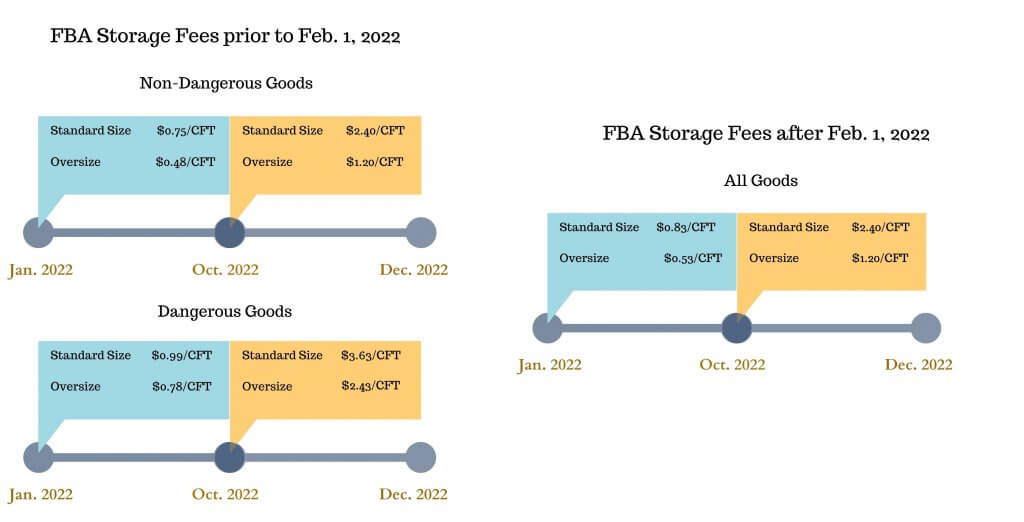
Image courtesy of sellerengine.com via Google Images
Pricing Products Smartly
One crucial aspect of maximizing profits while using Amazon FBA is setting your product prices strategically. You need to consider the FBA fees, shipping costs, and other expenses when determining the selling price of your items. By accurately calculating these costs and setting competitive prices, you can cover the fees and still make a profit on each sale.
Bulk Shipments and Saving
Another way to optimize your profits on Amazon FBA is by sending your products in bulk shipments. Consolidating multiple items into one shipment can save on shipping costs and reduce the per-unit fees charged by Amazon. By efficiently managing your inventory and shipping in bulk, you can minimize the impact of FBA fees on your overall profitability.
Real-life Examples: The Impact of Amazon FBA Fees on Sellers
Let me tell you about Sarah, a small business owner who sells handmade jewelry on Amazon using FBA. Sarah saw a significant increase in her sales after switching to FBA. The convenience of having Amazon handle the storage, shipping, and customer service allowed her to focus on creating beautiful pieces and marketing her brand. Despite the fees involved, Sarah found that her overall profit margin improved due to the increase in sales volume.
Another example is John, who sells electronics on Amazon. When he first started using FBA, he was taken aback by the fees associated with it. However, as his business grew, John realized that the time and resources saved by utilizing FBA outweighed the costs. By streamlining his operations and optimizing his product selection, John’s profits continued to rise even with the FBA fees factored in.
Challenges Faced
On the flip side, we have Jane, who faced challenges with FBA fees when selling oversized items. The long-term storage fees for her bulky products started eating into her profits. To combat this, Jane reevaluated her product lineup and made strategic decisions to focus on smaller, high-demand items that were more cost-effective to store and ship through FBA. By adapting her inventory to align with FBA fee structures, Jane was able to overcome the initial hurdles and improve her overall profitability.
Additionally, Mark, a seller of delicate glassware, encountered difficulties due to the extra care required for his products. The additional fees for fragile items were impacting his bottom line. However, Mark found a solution by investing in specialized packaging that reduced the risk of breakage during transit. This not only decreased the number of damaged items but also lowered the incidence of returns, ultimately saving Mark money on both fees and product replacements.
Is Amazon FBA Right For You?
Amazon FBA, which stands for Fulfillment by Amazon, can offer many benefits for sellers. By utilizing Amazon FBA, you can take advantage of Amazon’s extensive network of fulfillment centers, customer service, and shipping capabilities. This can save you time and effort in handling these aspects of your business.
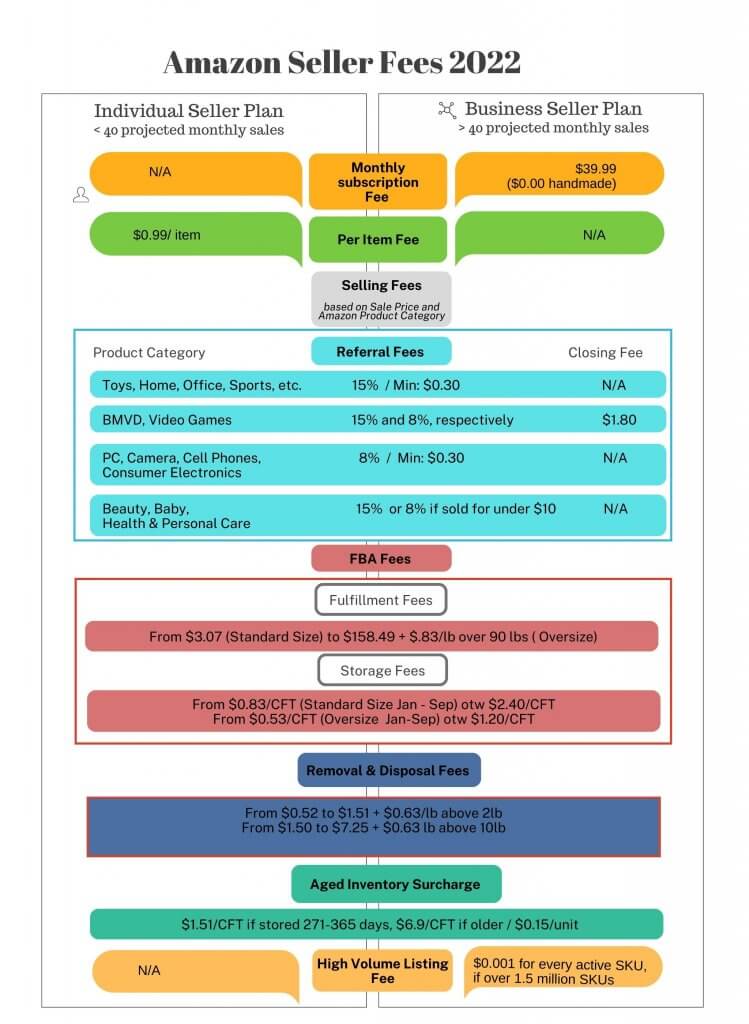
Image courtesy of sellerengine.com via Google Images
However, it’s essential to consider the associated fees that come with using Amazon FBA. These fees can vary based on the size and weight of your products, as well as other factors. It’s crucial to calculate these fees accurately to ensure they align with your business goals.
Making the Decision
When deciding if Amazon FBA is the right choice for you, it’s important to evaluate your own products and business model. Consider the size and weight of your items, how quickly you want to scale your business, and your budget for fees. If you have high-volume, lightweight products that sell quickly, Amazon FBA may be a great fit.
On the other hand, if you have larger, heavier products with lower profit margins, you may want to explore other fulfillment options to minimize your costs. It ultimately comes down to understanding your products, your goals, and your willingness to invest in the convenience and resources Amazon FBA provides.
Conclusion
In this blog post, we delved into the world of Amazon FBA fees to help you better understand the costs associated with selling on the platform. We explored the different types of fees, how your products can impact these fees, and strategies to minimize unnecessary expenses. Additionally, we discussed the importance of staying informed about fee changes and adjusting your selling strategies accordingly.
By using tools like the Amazon FBA calculator and implementing smart pricing strategies, you can maximize your profits while accounting for FBA fees. Real-life examples highlighted how sellers have successfully navigated the challenges of FBA fees, offering valuable insights into managing costs effectively.
As you consider whether Amazon FBA is the right fit for your selling needs, remember to weigh the pros and cons carefully. Ultimately, the decision to use Amazon FBA should align with your products and business model to ensure success in the competitive e-commerce landscape.
By utilizing the information provided in this article and staying proactive in managing your FBA fees, you can position yourself for success as a seller on Amazon. Whether you’re just starting out or looking to optimize your existing FBA operations, the insights shared here can guide you towards a profitable and sustainable selling experience on the platform.
Frequently Asked Questions (FAQs)
How often do Amazon FBA fees change?
Amazon FBA fees can change periodically based on various factors such as market conditions, infrastructure improvements, or policy updates. It is essential for sellers to stay informed about these changes to adjust their pricing strategies and maintain profitability. You can keep track of fee updates by regularly checking the Amazon Seller Central platform or subscribing to email notifications.
Can I use Amazon FBA for a small number of products?
Absolutely! Amazon FBA caters to sellers of all scales, including those with a small number of products. Whether you are selling a handful of items or managing a larger inventory, FBA offers services like storage, fulfillment, and customer support to streamline your operations. Using FBA for a smaller number of products can still benefit sellers by leveraging Amazon’s wide reach and logistical expertise.
